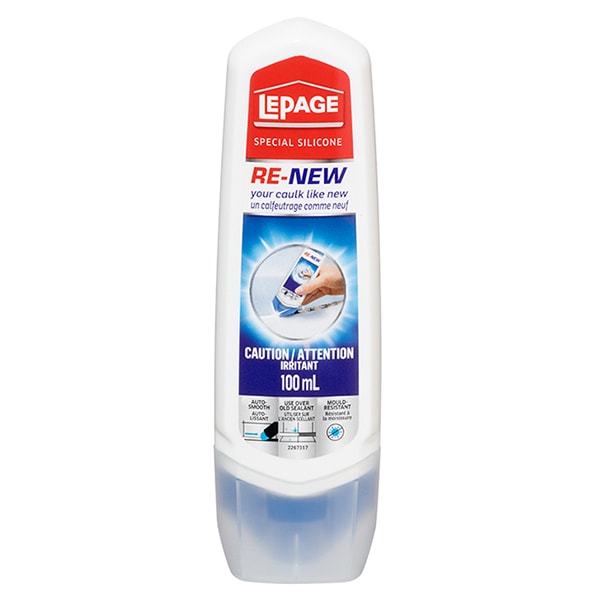
How to Choose Caulk and Caulking Tools
Caulk comes in many different types for a variety of applications both inside and outside the home. But don’t worry, choosing the right caulk and caulking tools is easy once you know what to look for. Here’s a quick guide to help you do just that.
Types of Caulk
The two most common types of caulk are latex and silicone, and they are sometimes sold together as a combined product (siliconized latex or latex plus silicone) that provides the longevity of silicone and the easy application of latex.
Caulk is also available in two main forms:
- squeeze tubes, and
- cartridges.
Squeeze tubes are great for smaller projects, as they are smaller in size (80 to 175 ml) and more convenient to use. For larger projects, a 266- to 325-ml cartridge in a caulk gun will provide a continuous bead.
On top of tubes and cartridges, you can also find caulk strips. They come in adhesive-backed rolls and provide fast, clean, and tool-free application. Caulk strips are resistant to mildew and great for sealing bathroom fixtures. You can even apply them to existing caulk for a nice finish.
Latex Caulk Vs. Silicone Caulk
Latex caulk and silicone caulk both have their unique pros and cons. Latex, also called painters or acrylic caulk, is the easier of the two to apply and replace, but silicone is longer lasting and holds up better to extreme temperatures and sunlight. Latex can be painted over and is easy to clean (just use soap and water), while only some types of silicone can be painted, and all need mineral spirits for clean-up.
Latex works on both porous and nonporous surfaces and is best used on constant gaps. Alternatively, silicone can be applied to gaps that expand, contract, and stay constant but is best for nonporous surfaces. Finally, latex has minimal odour while silicone’s odour is quite strong.
Specialty Caulk Types
Some projects require specialty caulk made for specific tasks. Using specialty caulk for specialty applications will help deliver high-quality results. Here’s a look at some of the main types.
Adhesive Caulk
Blacktop and Asphalt Caulk
Concrete Caulk
Exterior Caulk
Fire-Retardant Caulk
Gutter and Flashing Caulk
Kitchen and Bath Caulk
Mortar Caulk
Moulding and Trim Caulk
Roof Caulk
Sanded Caulk
Interior Window and Door Caulk
Unsanded Caulk
Caulking Tools
The right caulk tools will make your project even easier. Here are some of the top accessories to have on hand depending on your needs.

Caulk Singles

Caulk Cord

Finishing Tool
















